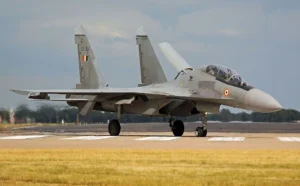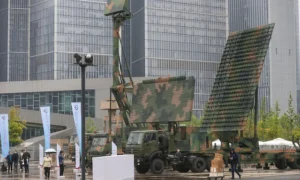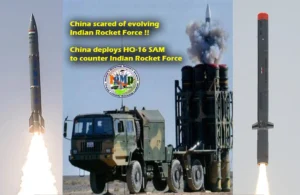Source : IgMp Bureau
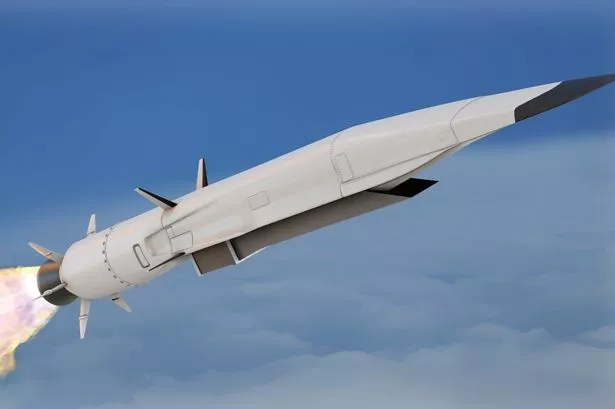
The Defence Research and Development Organisation (DRDO) is seeking collaboration with Indian firms for the development of oxidation-resistant coatings crucial for Long Duration Hypersonic Cruise Missiles (LDHCM). Having already developed the technology, DRDO aims to transfer it to Indian firms for commercial production.
These coatings are essential for high-temperature conditions exceeding 1100 degrees Celsius, where materials are prone to oxidation. To mitigate the immense heat generated during hypersonic flight, Thermal Barrier Coatings will be applied above these oxidation-resistant coatings.
Difficulties in achieving Hypersonic speed and importance of Oxidation Resistant Coatings
Understanding the significance of speeds like Mach 5 and Mach 10 can be challenging. Designing structural components for hypersonic flight poses additional hurdles compared to subsonic flight due to the varying major flight principles. The airflow over the flight vehicle changes significantly as the Mach number increases, with the shock layer becoming very thin, hot, and dense. This poses a challenge at the stagnation point on the leading edges of the body, which can experience temperatures exceeding 2250 °C at Mach 10. Maintaining structural integrity under such conditions is crucial for aerodynamics and flight control.
In addition to the high temperatures, hypersonic flight exposes the missile to an oxygen-rich environment, leading to elevated rates of oxidation. This oxidation process can damage the entire structure or body of the missile, necessitating the use of oxidation-resistant coatings on the surface of the missile body and inside the combustor chambers.
What speed can actually be configured as ‘Hypersonic’ ?
Hypersonic speed is defined as greater than 5 times the speed of sound or Mach 5. Hypersonic weapons, with their speed, maneuverability, low flight paths, and unpredictable trajectories, are extremely challenging to detect and counter. Unlike traditional intercontinental ballistic missiles, hypersonic weapons can maneuver and fly at altitudes where few military sensors and radars monitor, making them deployable from land, air, and sea.
Types of Hypersonic Weapons
There are two types which are under development and in service with various military of the world. First one is Hypersonic Cruise Missiles, which are powered by an air-breathing Ramjet, Scramjet or Dual Mode Ramjet (DMRJ) engine.
Second one is Hypersonic Glide Vehicle, which reach orbit with a conventional booster before gliding towards a target.
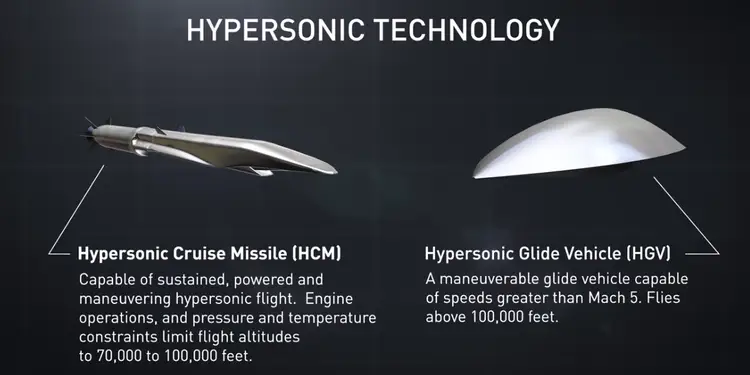
The Hypersonic Cruise Missiles are powered throughout their flight using the scramjet engine, whereas the hypersonic glide vehicle makes use of their aerodynamic shape to glide towards the target after released from a certain altitude and speed.
The Hypersonic Glide Vehicle follows zig zag trajectory during their terminal phase not a typical parabolic path making them extremely unpredictable. The Hypersonic Cruise Missile has comparatively smoother path of motion, but their flight altitude is much lower than Hypersonic Glide Vehicle, hence their detection in radar is nearly impossible due to earth’s curvature.
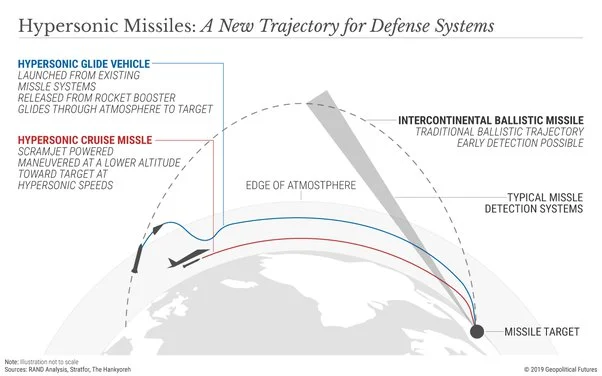
DRDO HSTDV & Project Vishnu
As we all know that DRDO has been working on developing a Hypersonic Technology Demonstrator Vehicle or HSTDV which is powered by a scramjet engine and will be used to develop a Long Duration Hypersonic Cruise Missile (LDHCM). The development of the LDHCM which is expected to be a spin-off of HSTDV powered by scramjet engine has commenced under the name Project Vishnu.
DRDL had released a poster with all the missiles under development by the organization last year on January 15, 2023. The most important of them is Hypersonic Cruise Missile based on HSTDV. This was the first official image of HSTDV based missile in our knowledge released by DRDL.
If you look carefully, the HSTDV is mounted on a booster with 6 control surfaces. This booster is expected to be derived from K4 missile rather than Agni missile which was used in HSTDV trial of 2020. On the top part of HSTDV as we can see 4 control surfaces. The missile resembles Russian Zircon & Boeing’s X-51 Waverider.
DRDO is working on developing the advance material for scramjet engine which can withstand the thermodynamic stresses in the hypersonic vehicles.
Surface and Air Launched HCM
Under Project Vishnu, two variants of hypersonic missiles are likely to be developed: a surface-to-surface missile with a range of around 2,500 kilometers, expected to enter service by 2025-26, and a smaller, compact Air-Launched Hypersonic Cruise Missile with a range exceeding 700 kilometers, launchable from an aircraft. The expected speed of these missiles will range from Mach 7 to Mach 10. While not much information is currently available about this program, more information is expected to be released as development progresses, potentially leading to changes in specifications.
Current Progress and Future tests
DRDO’s search for an Indian firm capable of manufacturing oxidation-resistant coatings indicates that the project may have completed its developmental phase and is moving towards the testing and production phase. The Long Duration Hypersonic Cruise Missile (LDHCM) base variant is expected to be ready for testing within a year, providing a significant capability boost for Indian security planners. LDHCM will bring a firepower that is nearly undetectable and impossible to intercept, making it more dangerous than the current BrahMos supersonic cruise missile and a significant threat to India’s enemies.
NOTE : Article cannot be reproduced or no information from this article should be used without written permission of theigmp.org in any form even for YouTube Videos to avoid Copyright strikes, if we find same informations or the entire article without our permission, we will take necessary action.


